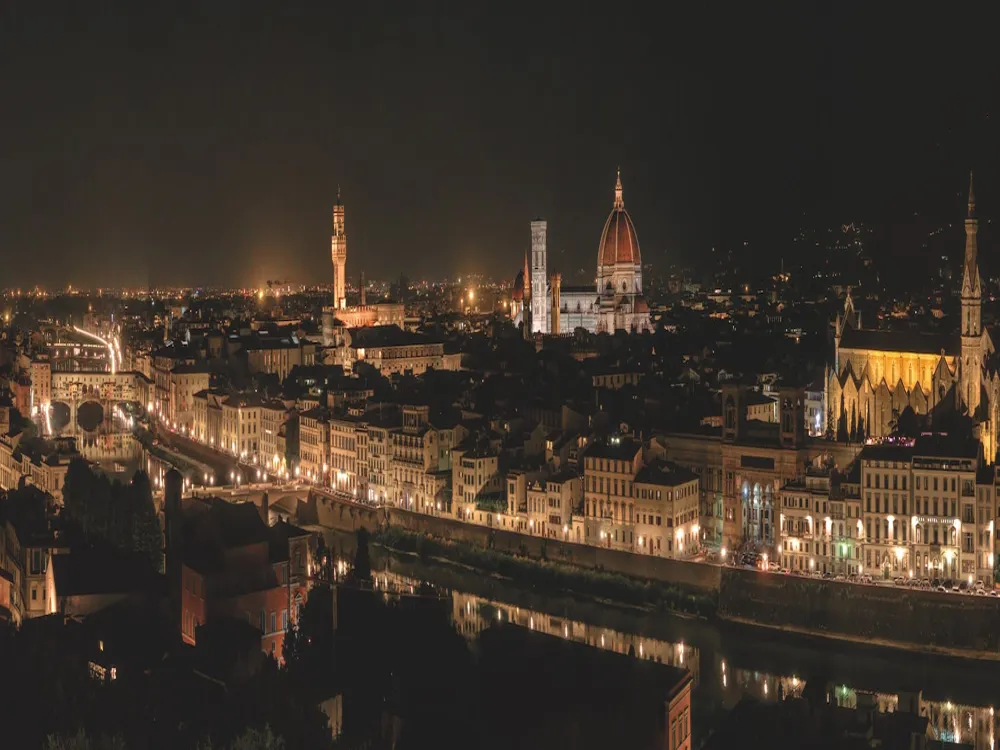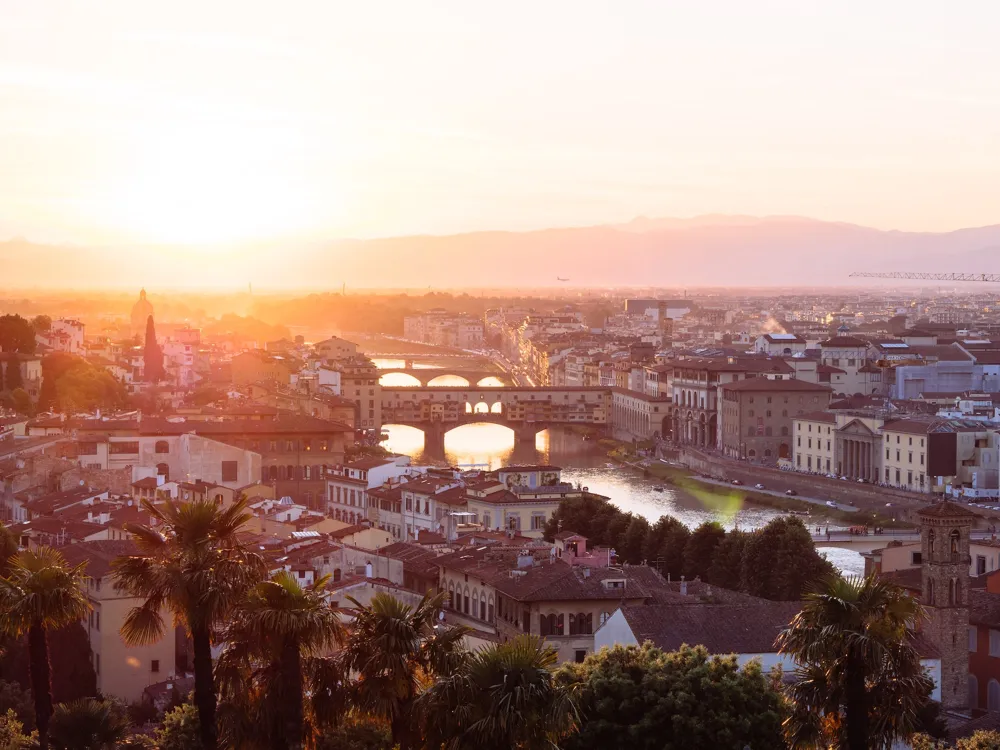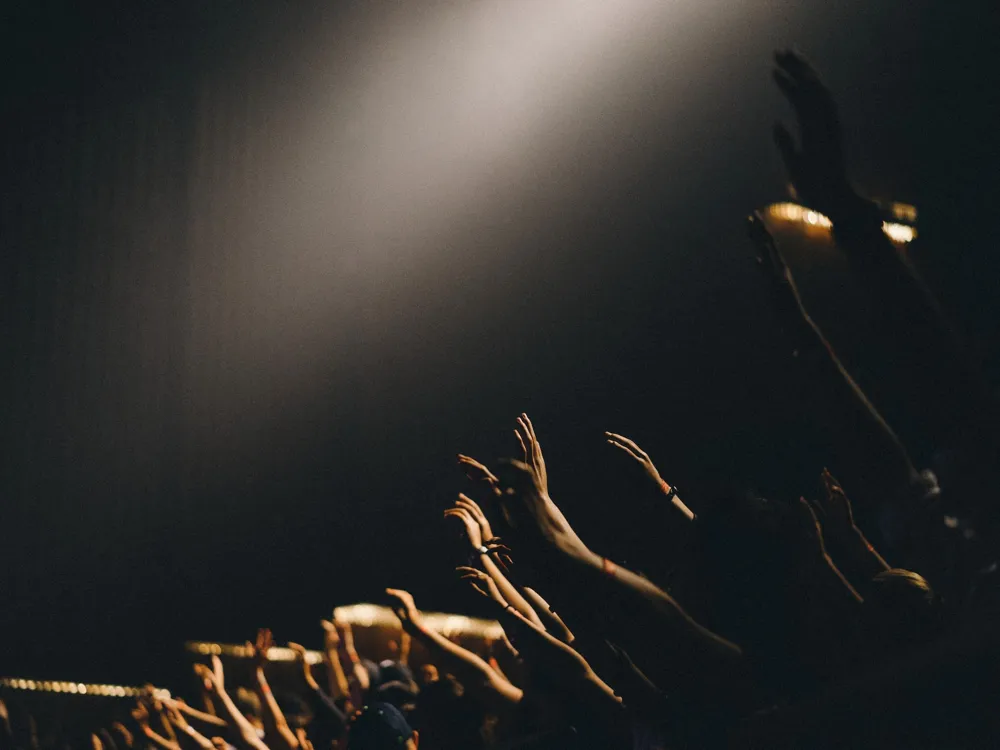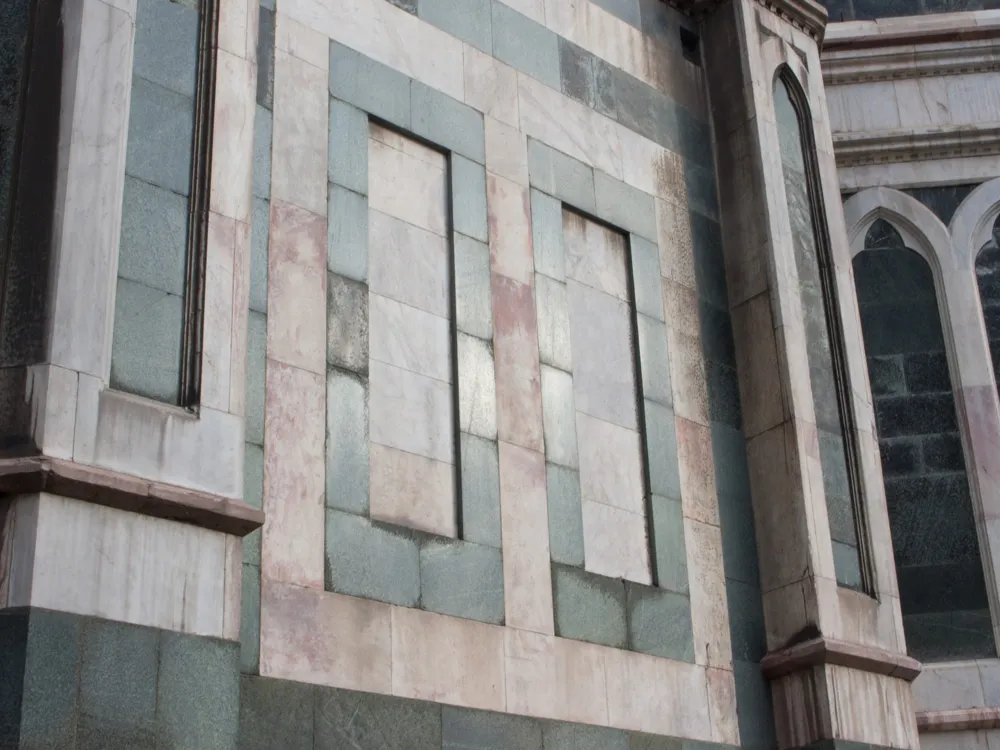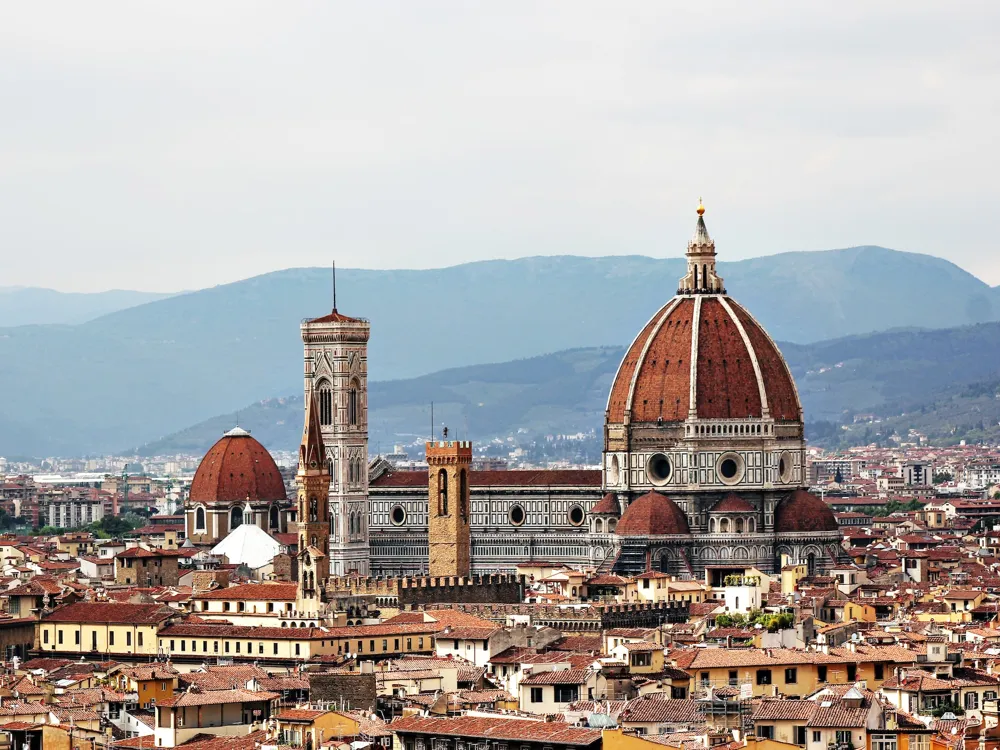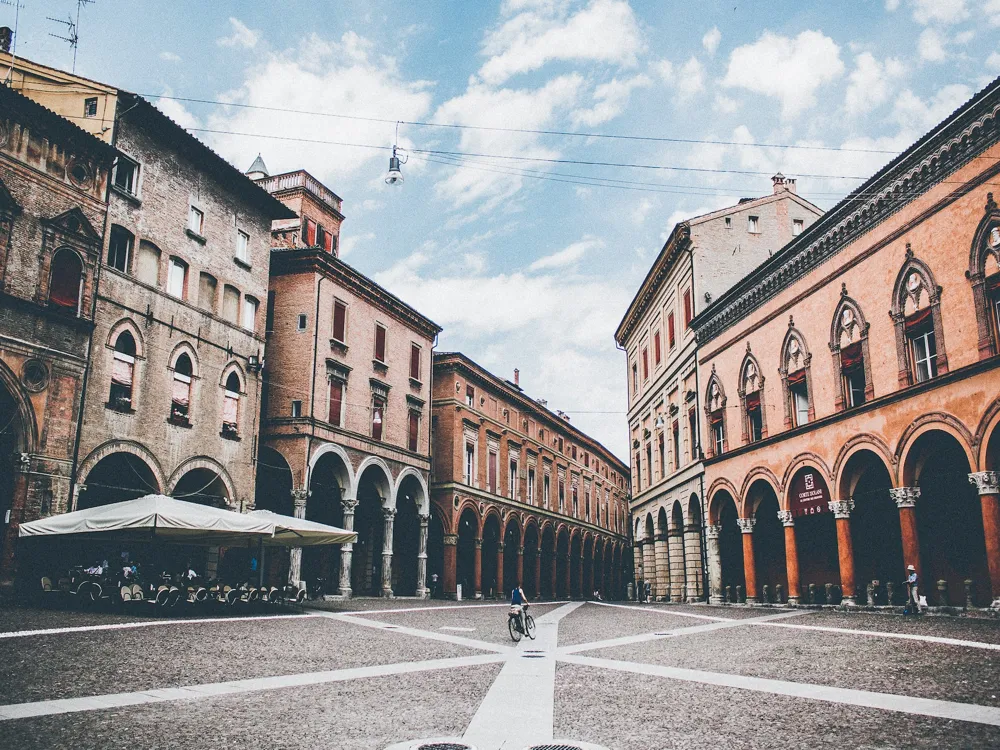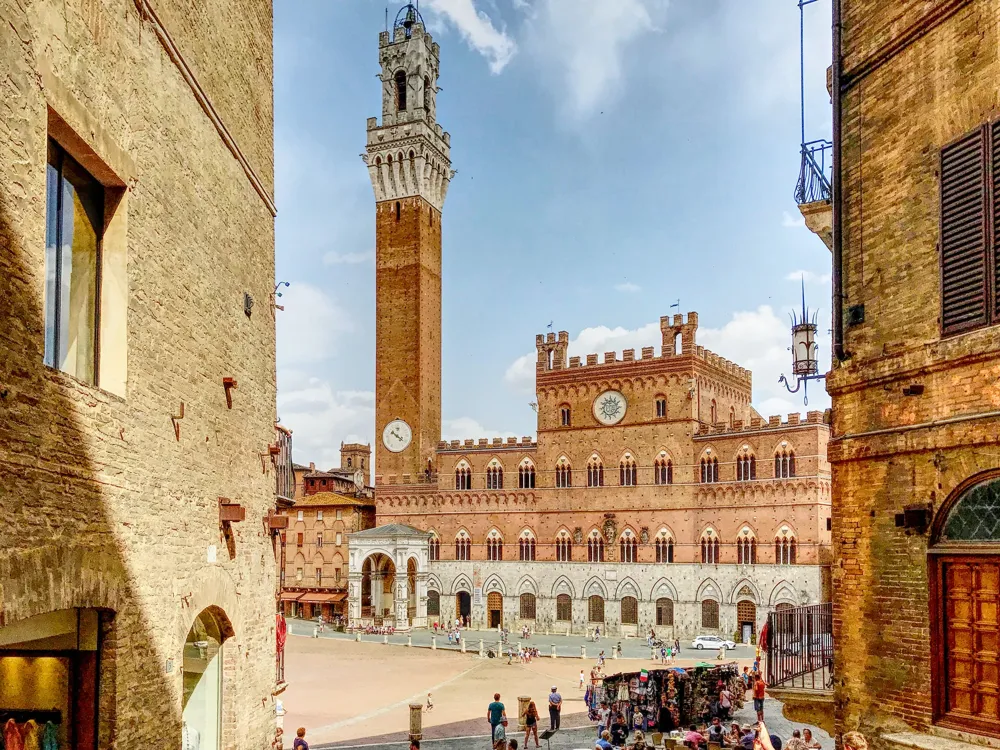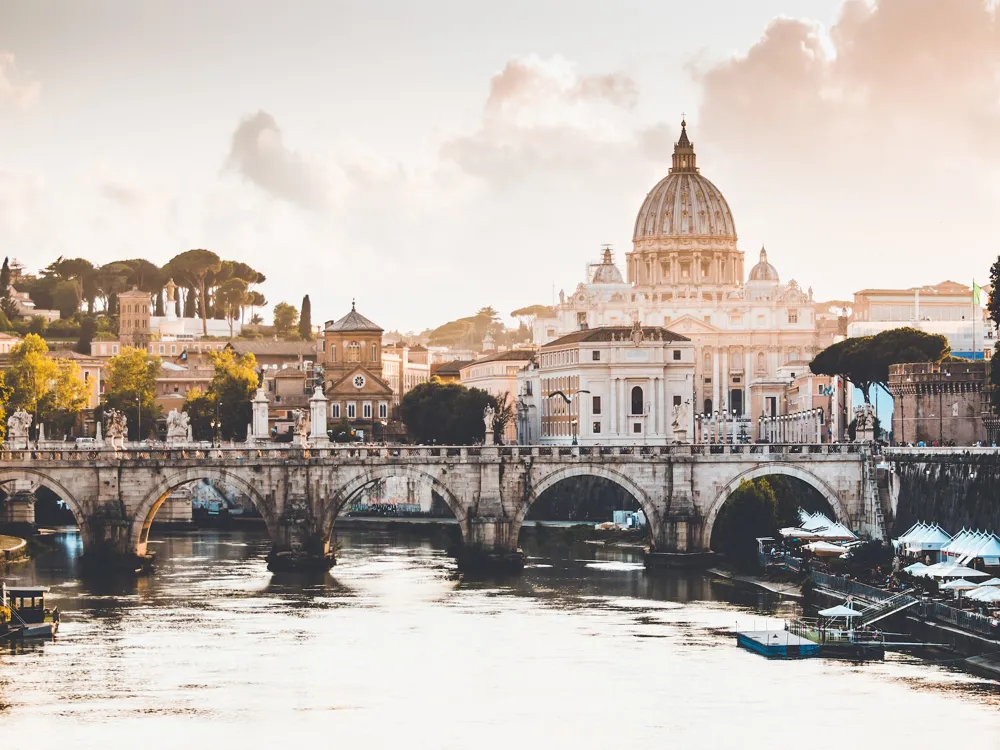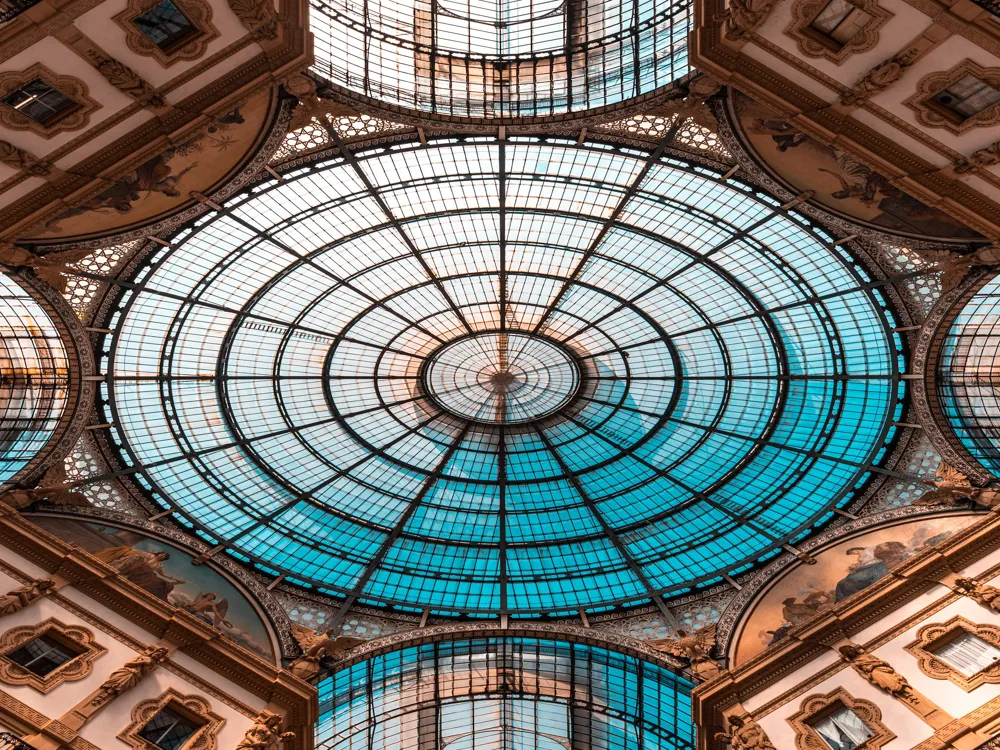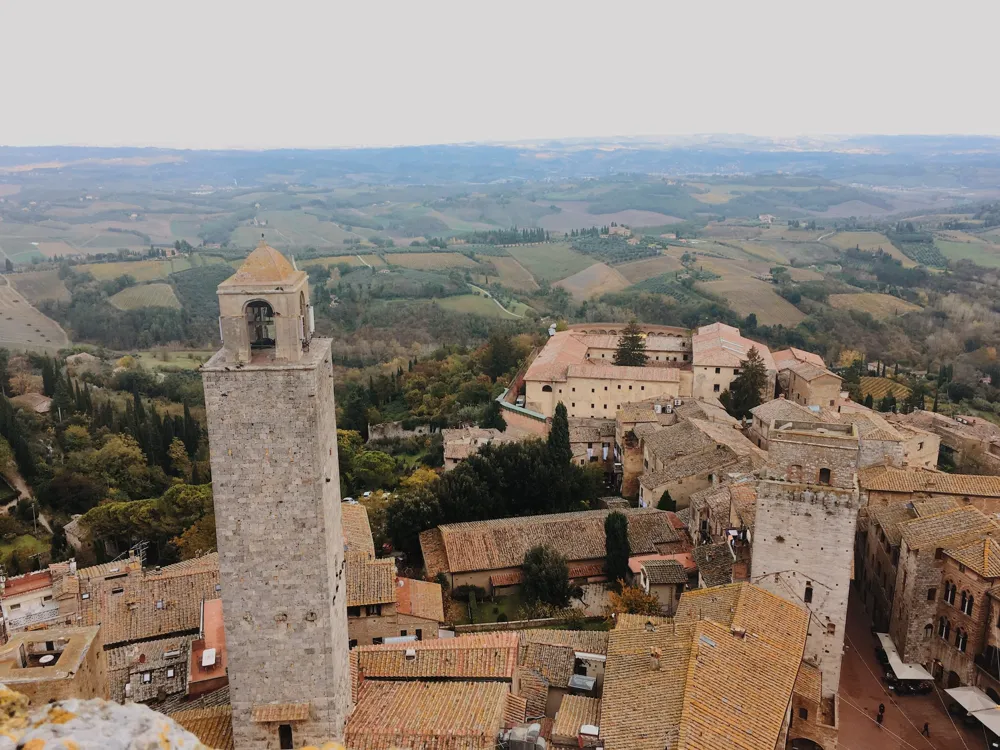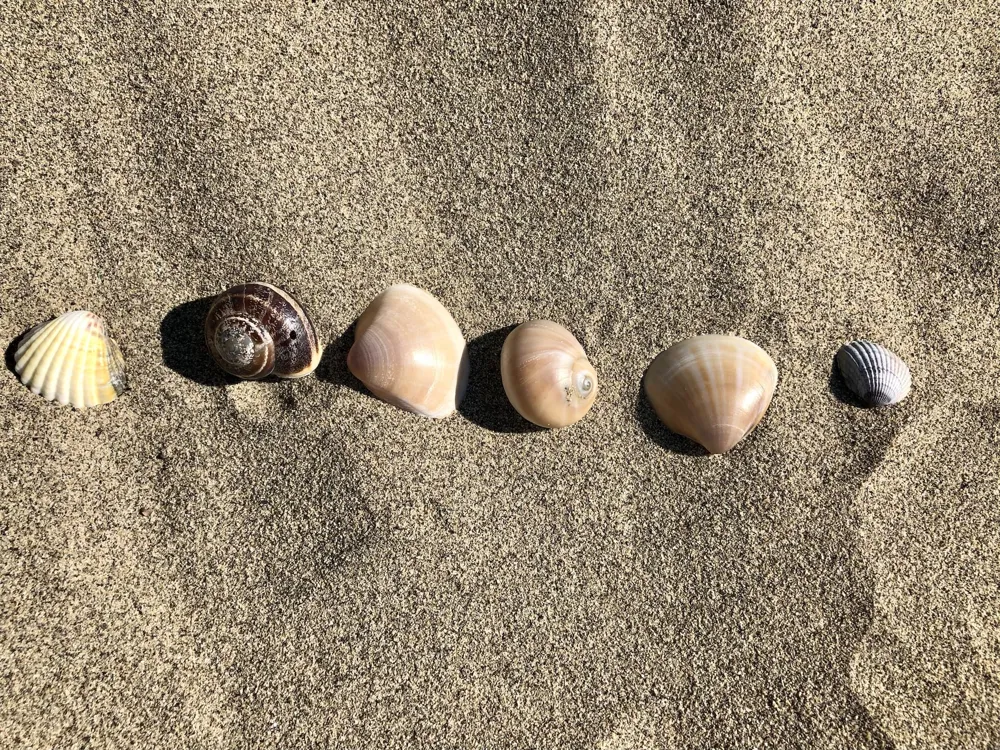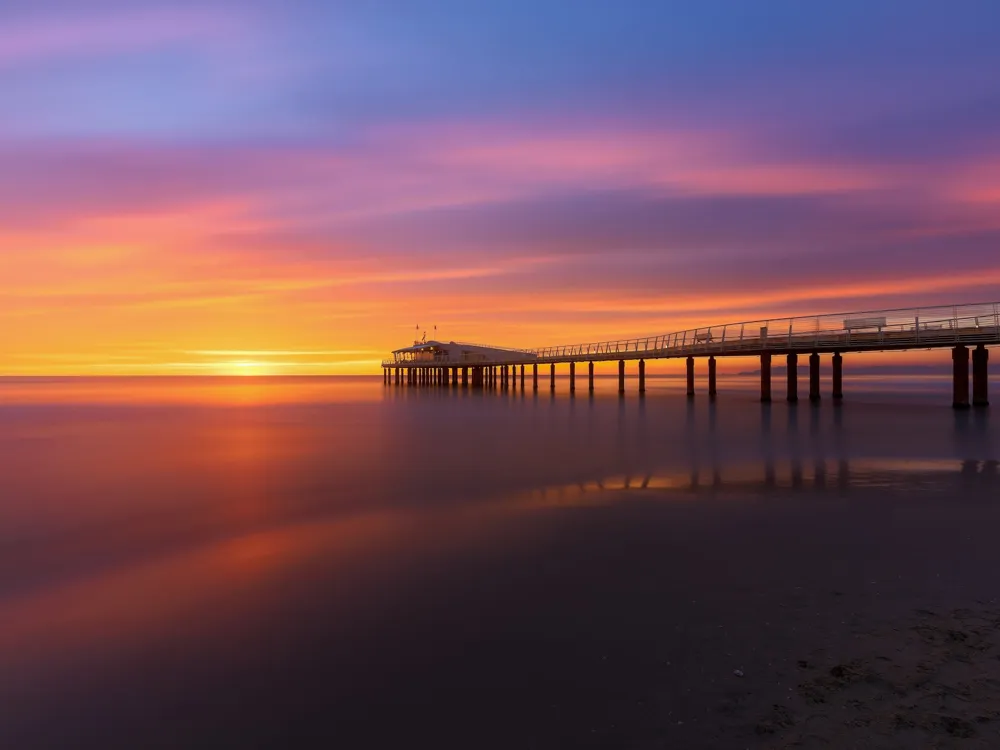The Basilica of Santa Croce, situated in the heart of Florence, Italy, stands as a magnificent testament to Italian artistry and architecture. This historical monument, renowned as the principal Franciscan church in Florence and one of the city's main basilicas, dates back to the late 13th century. It's not just a religious structure but a treasure trove of history, housing the mortal remains of illustrious Italian figures like Michelangelo, Galileo, Machiavelli, and Rossini. The Basilica's beauty is not confined to its exterior; inside, it holds some of the finest artworks of the Italian Renaissance, including frescoes by Giotto and a chapel designed by Brunelleschi. This overview delves into the rich history, artistic significance, and cultural importance of the Basilica, offering a comprehensive guide to one of Florence's most iconic landmarks. The architectural grandeur of the Basilica of Santa Croce is a harmonious blend of Gothic and Renaissance styles. Originally designed by Arnolfo di Cambio, one of the most prominent architects of his time, the church's structure is a testament to the evolving architectural trends of the period. The Basilica's façade, completed in the 19th century by architect Niccolò Matas, displays a striking combination of colors with its polychrome marble panels. Inside, the church is structured as a T-shaped Latin cross, a common feature in Franciscan churches, and is divided into three wide naves. The artistry within its walls reflects the transition from the Medieval Gothic to the Early Renaissance style, showcasing frescoes by Giotto and his school, alongside later additions by Donatello and Vasari. This section provides an in-depth look at the architectural evolution, design elements, and artistic treasures that make the Basilica of Santa Croce a masterpiece of art and architecture. Visitors to the Basilica should adhere to a respectful dress code, avoiding overly casual or revealing clothing. Silence and decorum are expected inside the church to maintain its sanctity and to respect other visitors. To avoid crowds, consider visiting early in the morning or late afternoon, especially during the tourist off-season. The Basilica is less crowded on weekdays. Engaging in a guided tour can enhance your understanding of the Basilica's history and art. Check for available guided tour options, including audio guides, for a more informed experience. Photography is generally allowed in the Basilica, but flash photography and tripods are often prohibited. Always check for specific photography rules upon your visit. Reaching the Basilica of Santa Croce is convenient given its central location in Florence. Visitors can easily access it by public transportation, with several bus lines stopping nearby. For those preferring to walk, the Basilica is within walking distance from other major sites in Florence, like the Duomo and the Uffizi Gallery. Additionally, Florence being a compact city, makes it feasible to reach the Basilica by bike or on foot, enjoying the city's scenic routes. For visitors driving, there are parking areas in the vicinity, though parking in Florence can be challenging and is often expensive. Read More: Overview of The Basilica of Santa Croce of Florence
Architecture of The Basilica of Santa Croce
Tips When Visiting The Basilica of Santa Croce
Dress Code and Conduct
Best Times to Visit
Guided Tours
Photography
How To Reach The Basilica of Santa Croce
The Basilica of Santa Croce
Florence
₹ 51,800 onwards
View florence Packages
Weather :
Tags : Church & Cathedral
Timings : Monday - Saturday: 9:30 AM - 12:00 PM, 3:00 PM - 5:30 PM,
Sunday: 12:30 PM - 5:45 PM
Entry Fee : Adult - EUR 8
Reduced - EUR 6
Planning a Trip? Ask Your Question
Florence Travel Packages
View All Packages For Florence
Top Hotel Collections for Florence

Private Pool

Luxury Hotels

5-Star Hotels

Pet Friendly
Top Hotels Near Florence
Other Top Ranking Places In Florence
View All Places To Visit In florence
View florence Packages
Weather :
Tags : Church & Cathedral
Timings : Monday - Saturday: 9:30 AM - 12:00 PM, 3:00 PM - 5:30 PM,
Sunday: 12:30 PM - 5:45 PM
Entry Fee : Adult - EUR 8
Reduced - EUR 6
Planning a Trip? Ask Your Question
Florence Travel Packages
View All Packages For Florence
Top Hotel Collections for Florence

Private Pool

Luxury Hotels

5-Star Hotels

Pet Friendly







